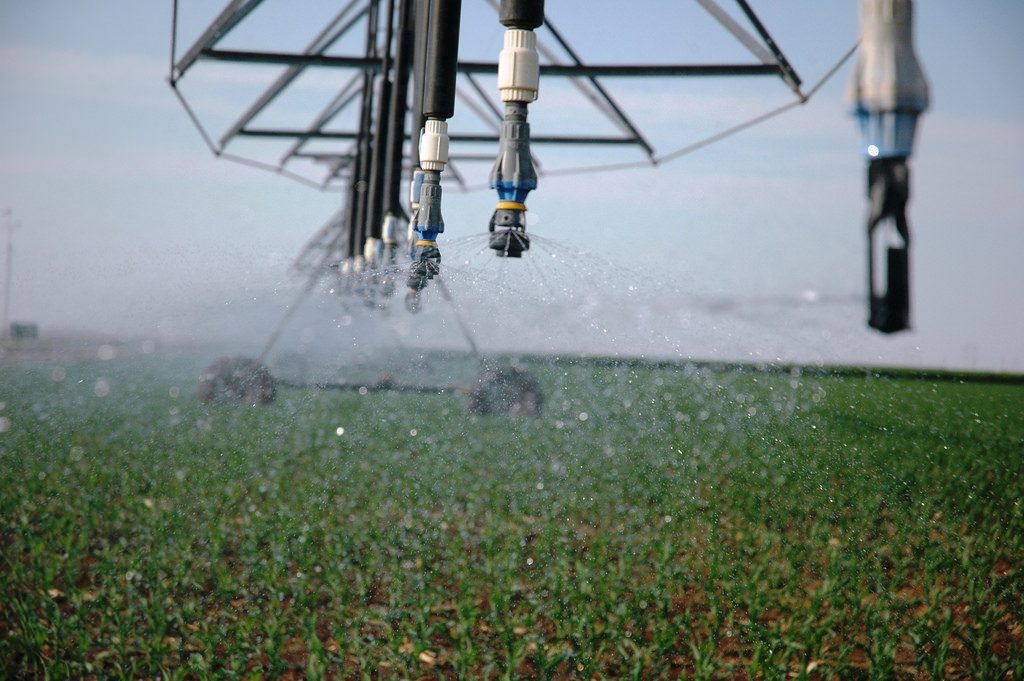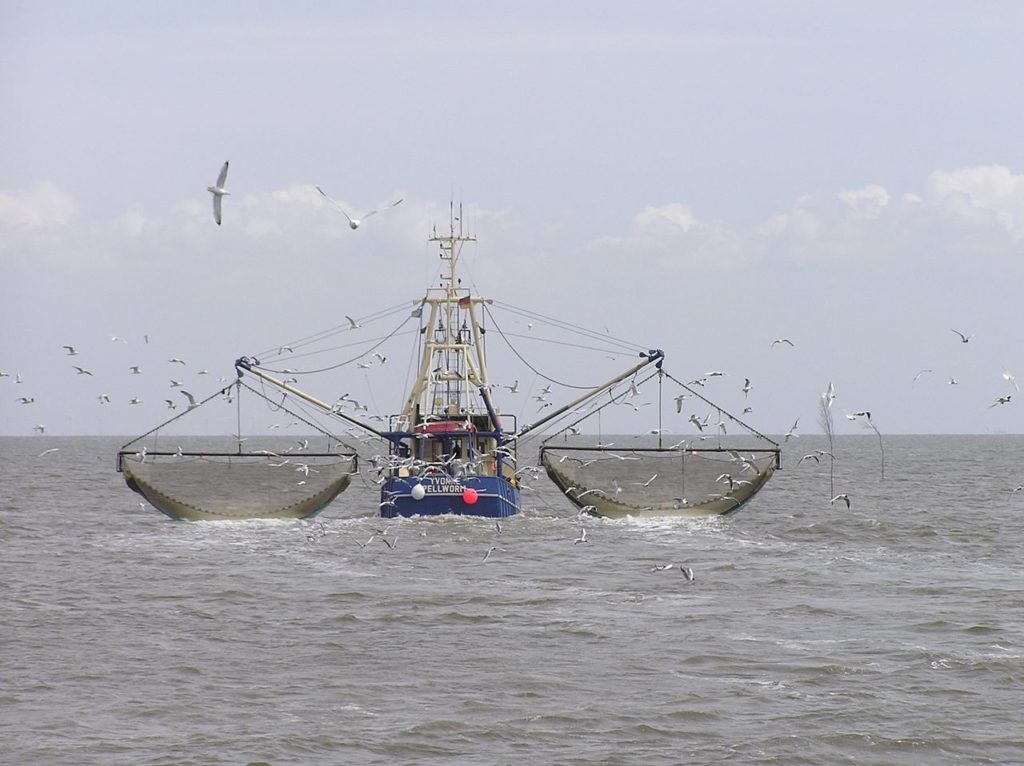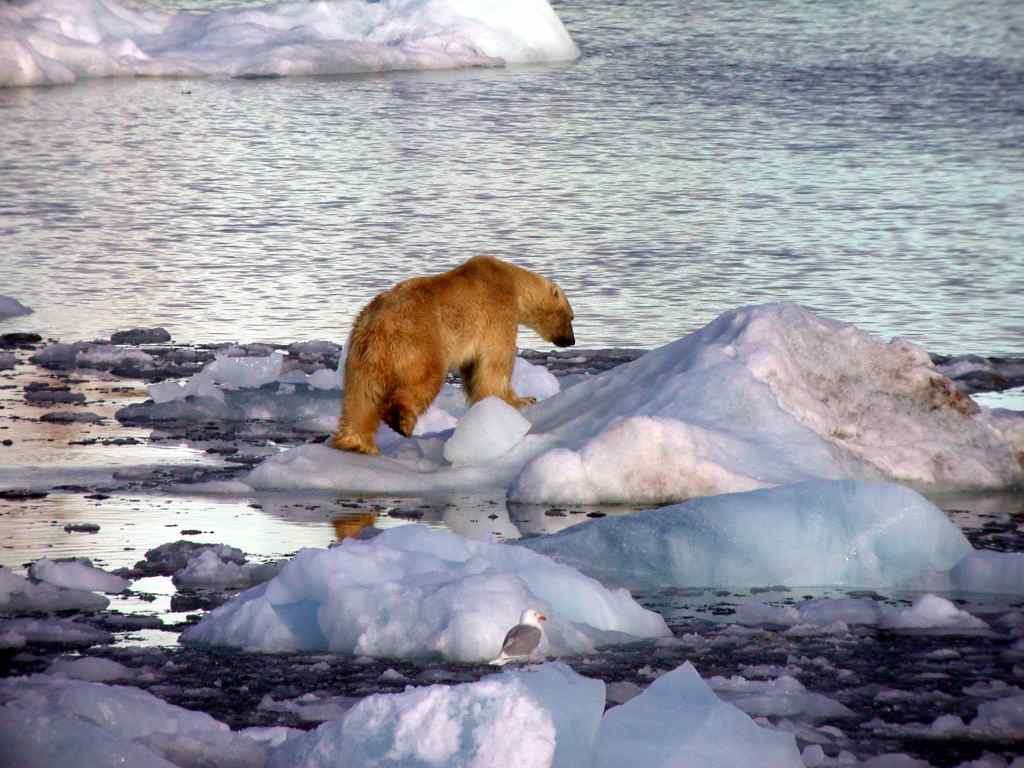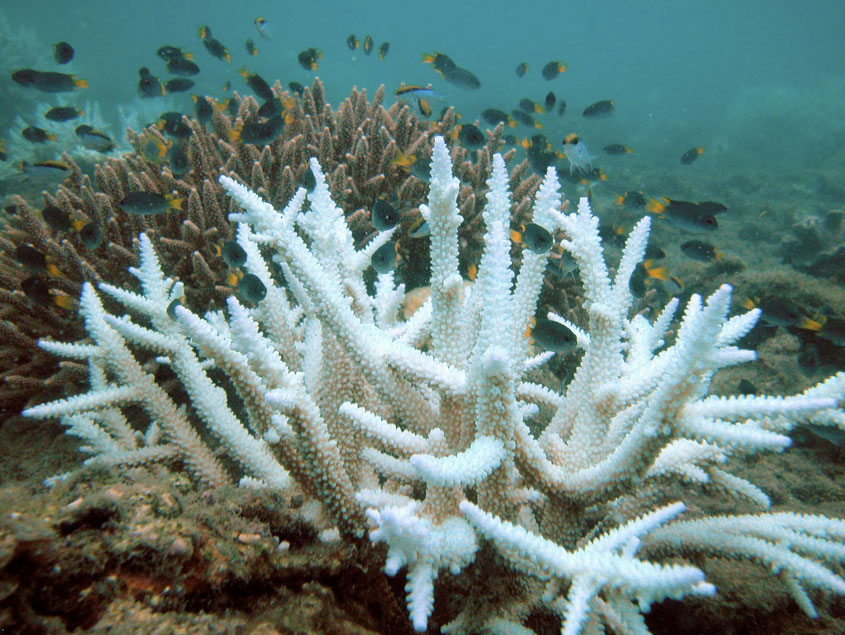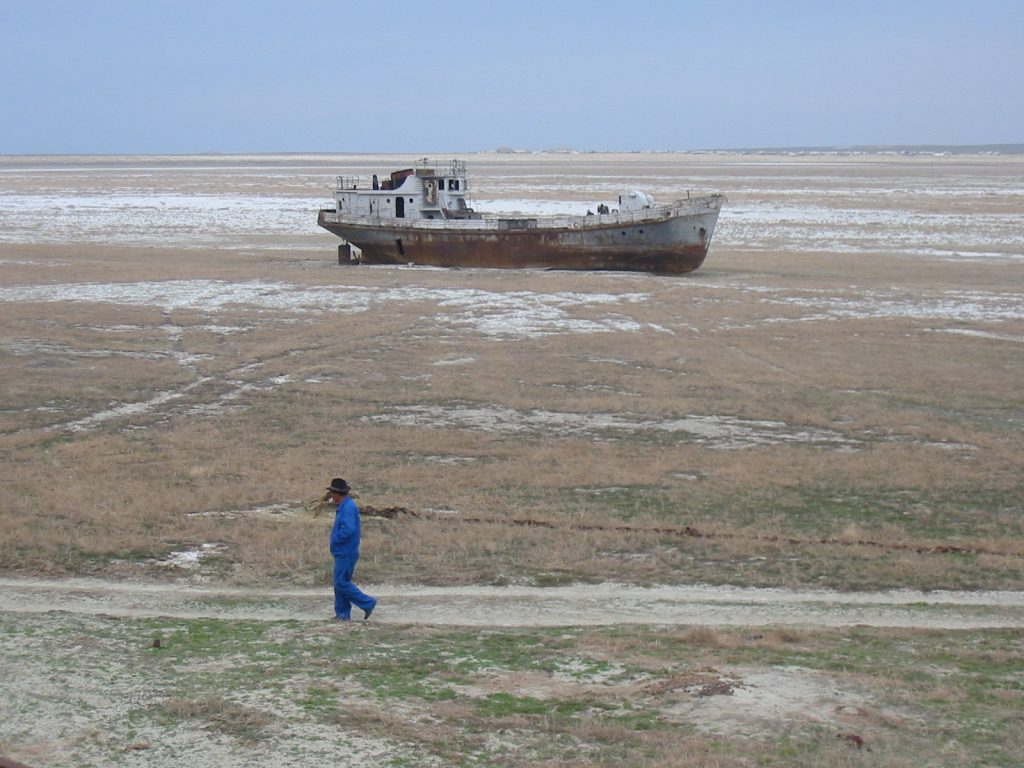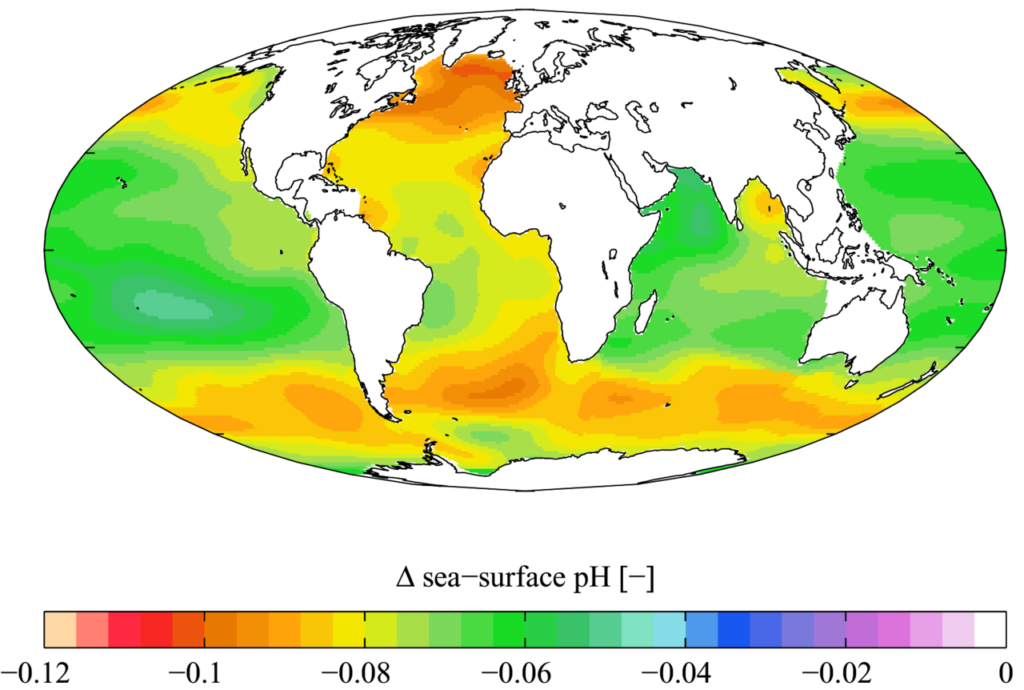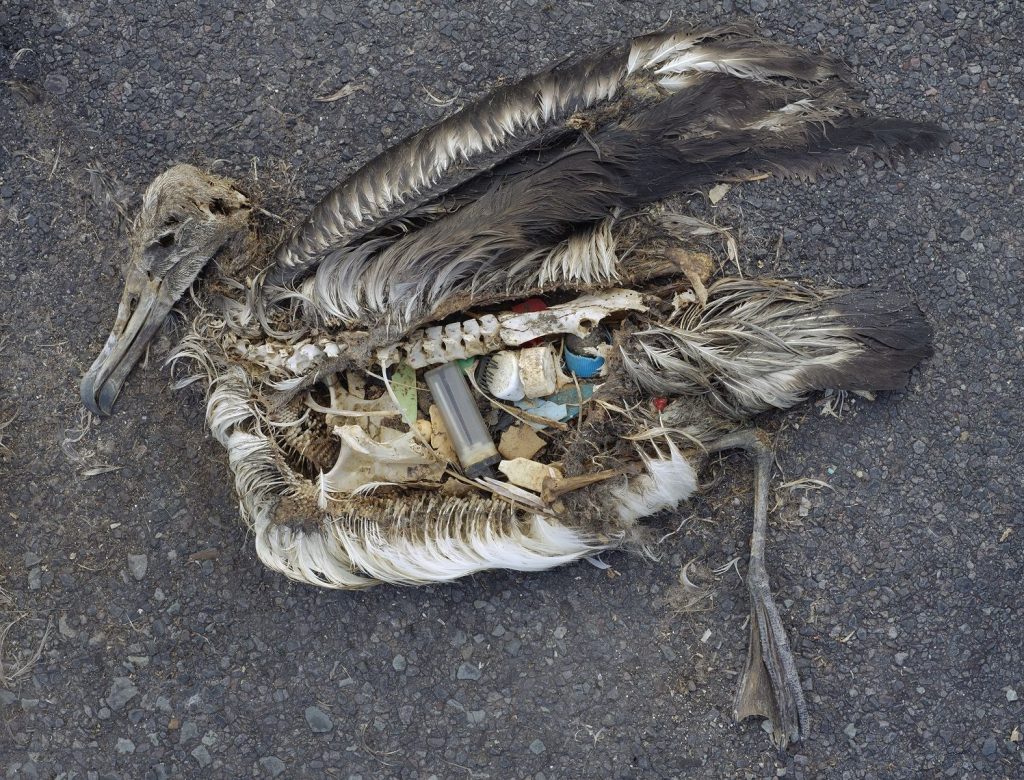Animal Agriculture
In addition to the carbon emissions created by the machinery required for farming, livestock animals themselves emit methane gas, which contributes to climate change. Furthermore, improper disposal of animal waste can lead to pollution of waterways. [5] Overuse of antibiotics in livestock contributes to the development of antibiotic-resistant bacteria. Livestock raised in industrial environments are often treated …


